INTRODUCTION
Forgotten forts, scattered remnants of history, whispered stories of bravery and conquests. These silent guardians, once bastions of power, are now covered in neglect. Every fortress has secrets buried under layers of time and moss. They are reminder of the fleeting nature of empires and the continuous march of time.
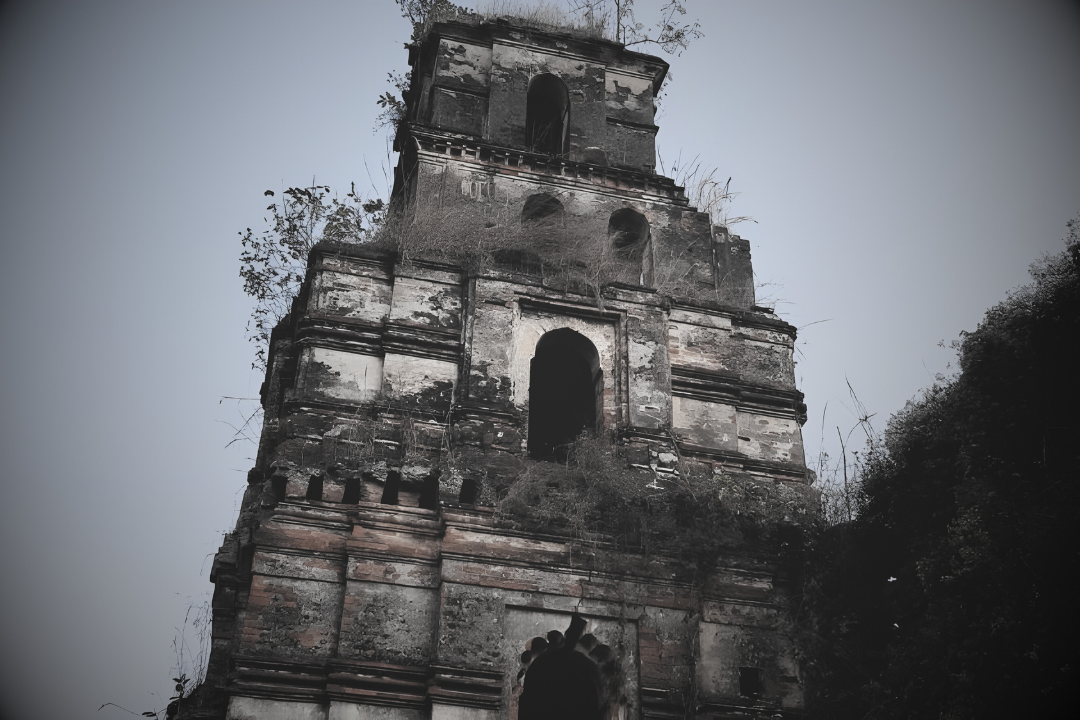
IMAGE : BISHNUPUR FORT
BISHNUPUR FORT
Situated in the town of Bishnupur, Bishnupur Fort is a culturally rich historical wonder.Built by the Malla rulers of Bengal in the 17th century, it is a prime example of the rigion’s magnificent terracotta temple and building design.The laterite-block fort kept the neighborhood safe from invasions during the Middle Ages.Its ideal setting amidst lust flora adds to its attraction,luring tourists and history buffs alike.Today, the fort offers visitors a glimpse into the vibrant past and rich cultural legacy of the region while also serving as a reminder of Bengal’s storied past.
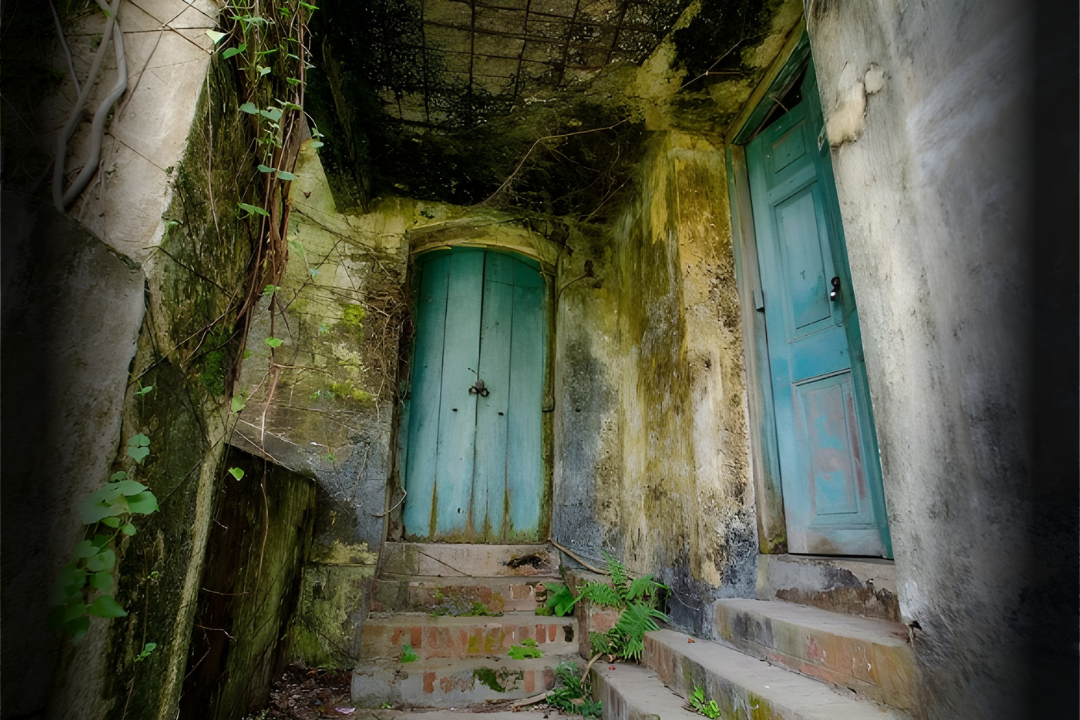
IMAGE : FALTA FORT
FALTA FORT
Fort Gustavus also known as Falta Dutch Fort in South 24 Paragana District, serves as a silent witness to India’s imperial ambitions.The Dutch East India Company built it in the 17th century as amajor commercial center in Chinsura,Hooghly.The fort’s architecture mixes European and Indian features, demonstrating cultural fusion. Despite shifting hands between Dutch, British and local governments, it is nevertheless a historical symbol. Today, the fort is a heritage monument, attracting people who want to learn about its rich history and admire its solid structure.
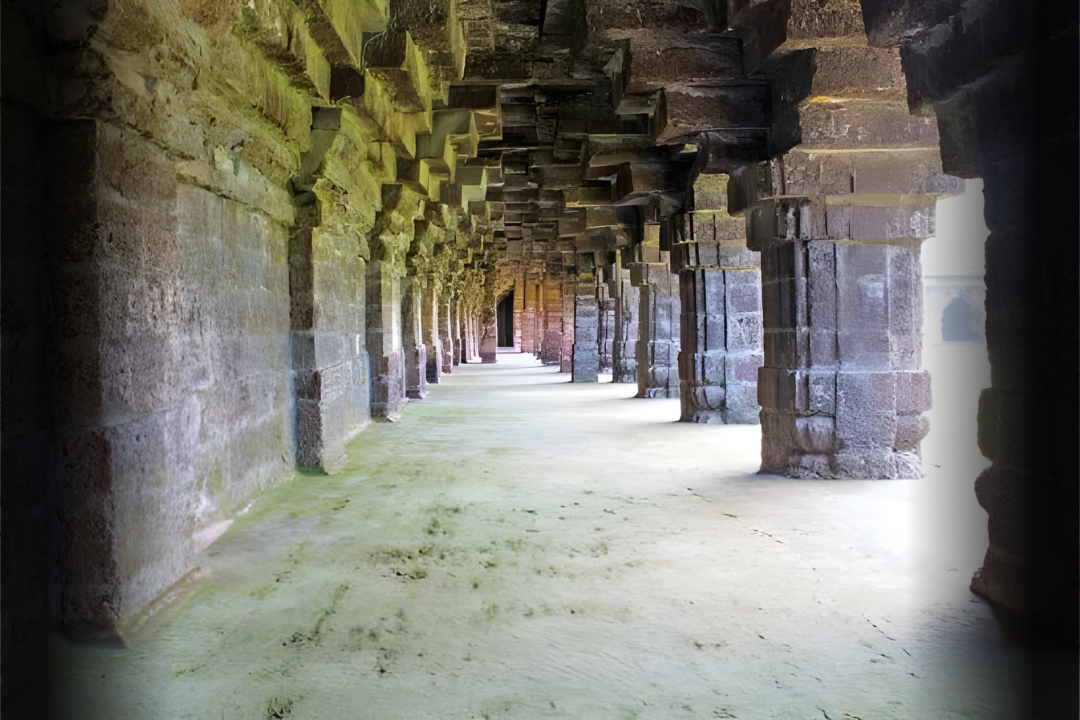
IMAGE : KURUMBERA FORT
KURUMBERA FORT
Situated in the District of (West) Paschim Medinipur, built between 1438 – 1469 which took place under the reign of Suryavamsa ruler of Odisha Gajapati Kapilendra Deva, it also includes buildings constucted by Mohammed Tahir during Aurangazeb’s reign. Even though it is an ASI protected monument, not much is known about this fort. The building has features of later Mughal style and is reminiscent of the medieval architecture seen in Odisha. A sacrifice altar and a three-domed building situated over a platform are features of the fort. A flower-shaped roof is supported by the pillars.The left dome’s rear was supported by circular pillars. The architecture of this fort and Raibania Fort, which is located in Odisha’s Balasore region, are quite similar.
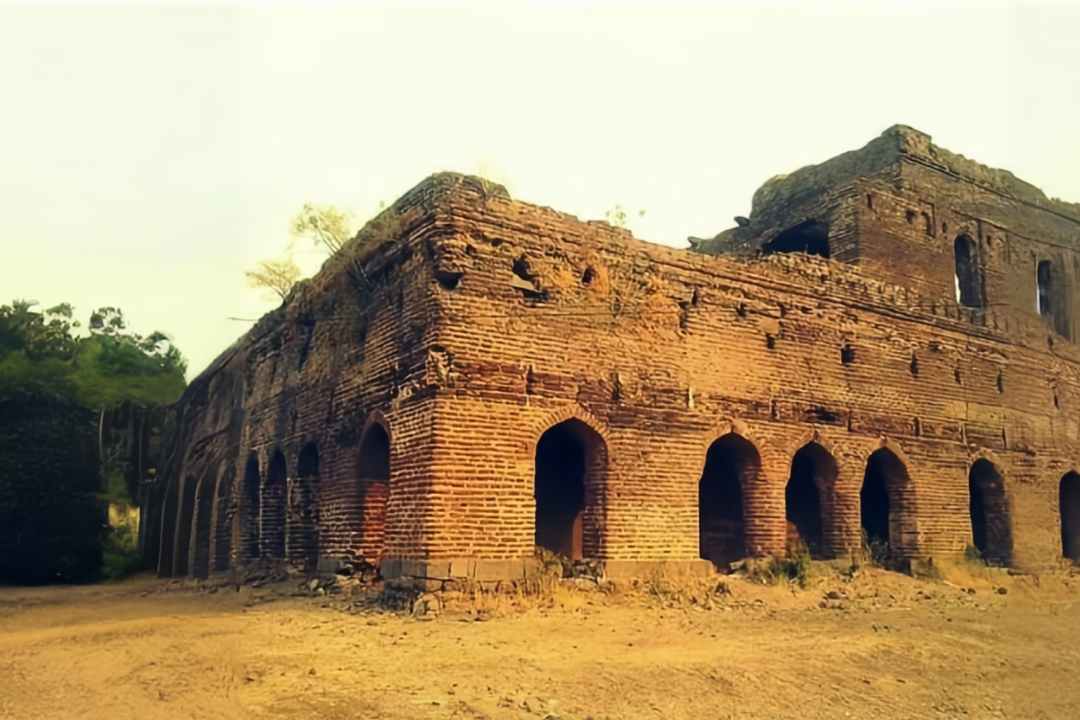
IMAGE : CHANDRAKETU’S FORT
CHANDRAKETU’S FORT
Chandraketugarh’s fort popularly known as Chandraketugarh’s is located in the North 24 Parganas. According to popular belief, Chandraketugarh was a component of the ancient kingdom Gangaridai, which Ptolemy first wrote about in his renowned work geographica(150CE). Chandraketu is thought to have been King Sandrocottus, as recorded by the Greek explorer Megasthenes. Following Alexander’s invasion, Megasthenes traveled to India in the 3rd century BCE and provides a thorough description of his experiences there. Chandraketugarh’s history begins in the pre-Mauryan era, or nearly the third century BCE. Artifacts indicates that the site continued to be occupied and prosper during the Gupta, Pala-Sena and Shunga-Kushana periods.Chandraketugarh was a harbor city and a significant town, according to archeological research.It featured a high perimeter wall with a moat and rampart. The residents engaged in a variety of trades and crafts. There are inscriptions in Brahmi and Kharoshthi characters on a few of the ceramics.
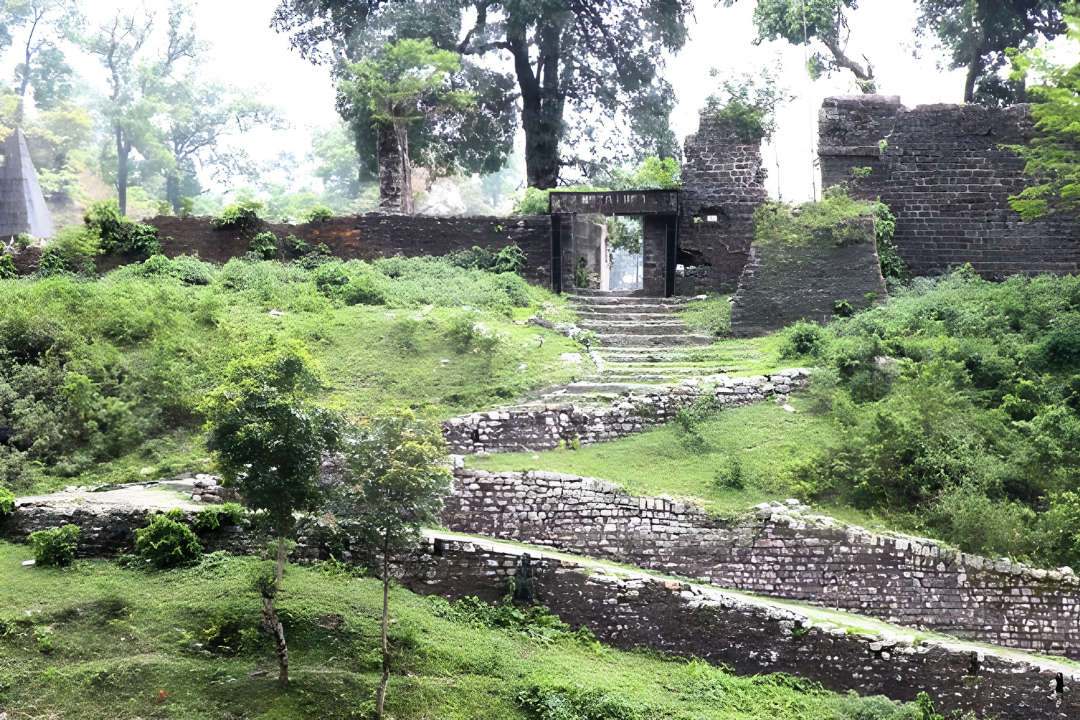
IMAGE : BUXA FORT
BUXA FORT
Located in the Buxa Tiger Reserve of the Alipurduar district. The British, called by Cooch King, intervened and conquered the fort. It was oficially handed over to the British on November 11, 1865 as part of the Treaty of Sinchula. The British rebuilt the fort from a bamboo wooden structure to a stone structure. The fortress was later used as a strict prison and detention center in the 1930s, it was the most notorious and inaccessible prison in India after Andaman Prison. In the 1930s, nationalist revolutionaries such as Krishnapada Chakraborty of the Anushila Samiti and the Yugantari group were imprisoned there. Rabindranath Tagore wrote a poem to boost the morale of the prisoners held in that forest prison. In the 1950s, the poet Subhash Mukhopadhyay was also imprisoned there. He vividly described this prison in one of his stories “Prison in the Clouds”.
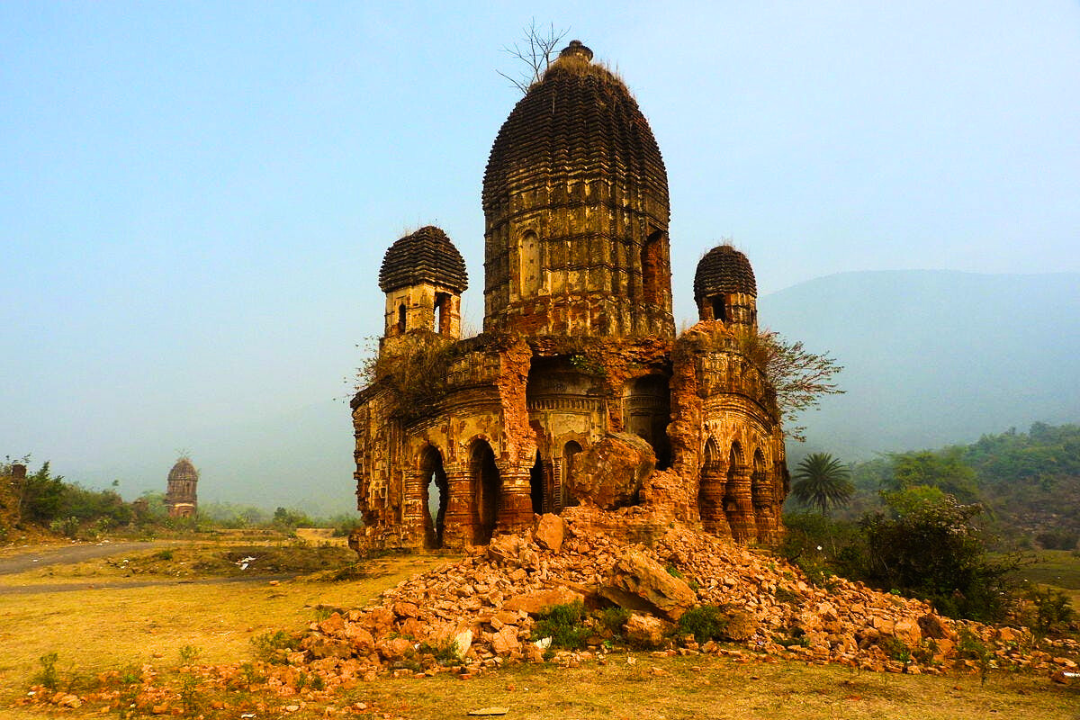
IMAGE : GARH PANCHKOT
GARH PANCHKOT
Garh Panchkot is a fort located at the foothills of Panchet Hill in the Purulia district. The ruins of the Panchkot Palace are a silent testimony to the Bargi invasion in the 18th century. Garh Panchkot was the historical capital of Bengal from 940 – 1750CE. It became the capital of the Panchakot royal dynasty in 940CE. The royal dynasty of Panchakot was founded by Damodar Sekhar. He was the son of Raja Jagat Deo. Inside the fort, to the right and left, are two long, narrow rooms with small vents overlooking the plain. In the center stands a stone temple dedicated to Lord Rama of Ayodhya. The people who better guarded the area were elite warriors and usually worshiped Rama because he represented strenth, courage and many wars. The true nature of this utility cannot be ascertained from other remains; hollow stone lion head known as “Singh Mukh” or other objects mostly made of stone.
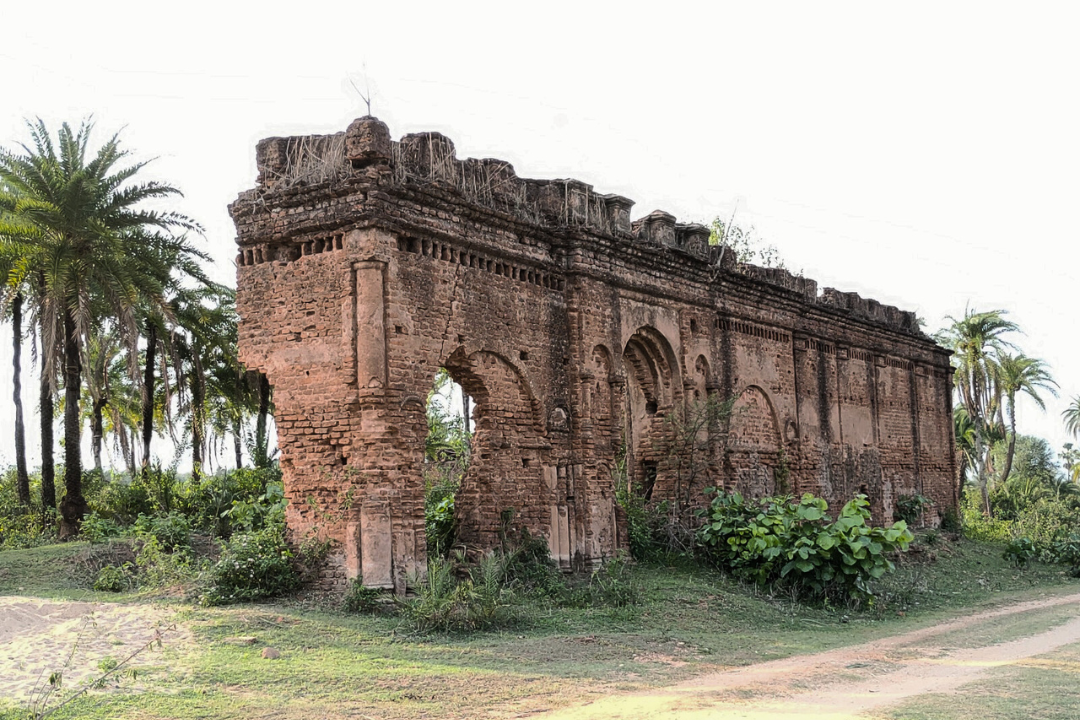
IAMGE : KESHARGARH FORT
KESHARGARH FORT
In the Purulia district it is a testament to the lasting legacy of history. Built during the Mughal era by Emperor Jahangir, the strategic hilltop offered unparalleled vantage points. Built of red sandstone, the fort’s architecture is a blend of Mughal and Rajput influences, reflecting the rich cultural background of the region. Over time, the fortress witnessed the rise and fall of various dynasties, each of which left an echo of its region. Today it is an exciting tourist destination that attracts visitors with its historical charm and panoramic views. As visitors explore its vast grounds and intricate corridors, they embark on a journey through time, uncovering the secrets of Keshargarh’s storied past.
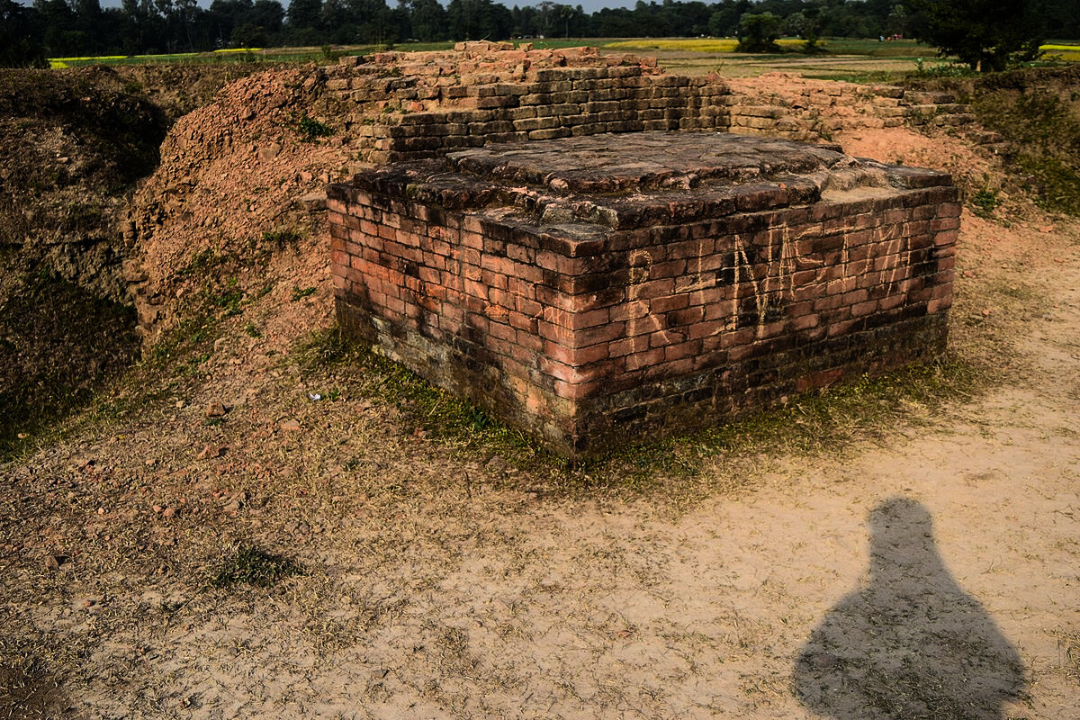
IMAGE : BANGARH DAKSHIN DINAJPUR
BANGARH DAKSHIN DINAJPUR
An ancient city in Gangarampur, Dakshin Dinajpur, which was the administrative center of the Kotivarsha Vishaya (territorial division), which itself was part of the larger Pundravardhana Bhukti administrative unit with Mahasthangarh as its capital during the Chandras, Varmans and Senas. When the Muslims under the leadership of Muhammad Bakhtiyar Khalji won the Senate, Devkot was designated as their capital, where Muhammad Bakhtiyar Khalji died. The site consists of a fortress surrounded by mud ramparts, with excavations revealing five cultural phases from Moorish period to the Middle Ages.








0 Comments